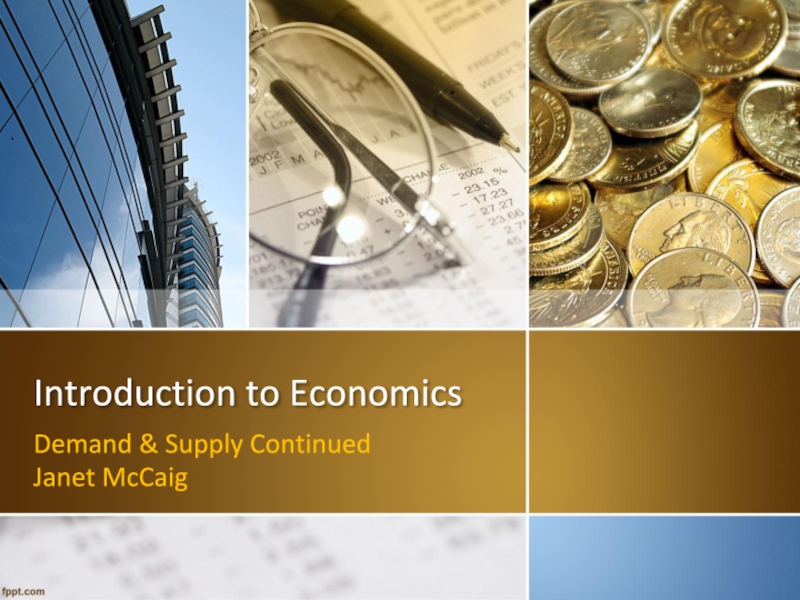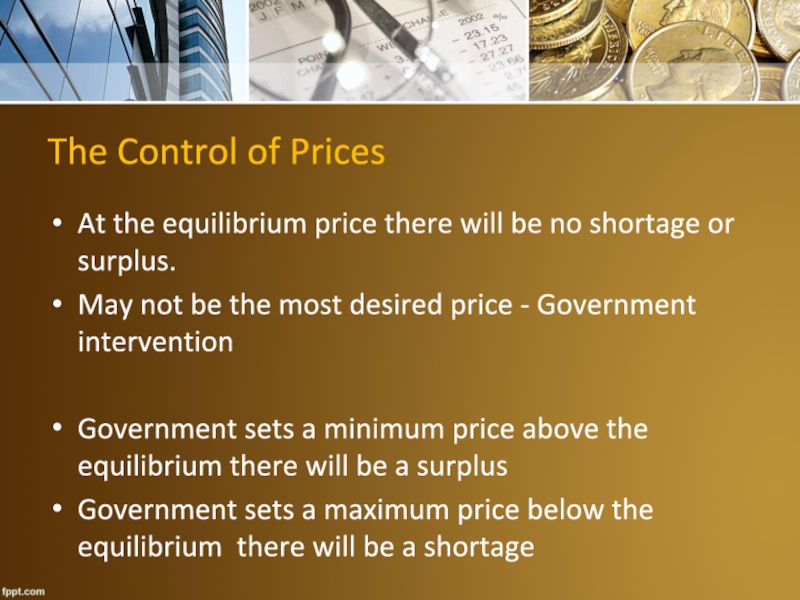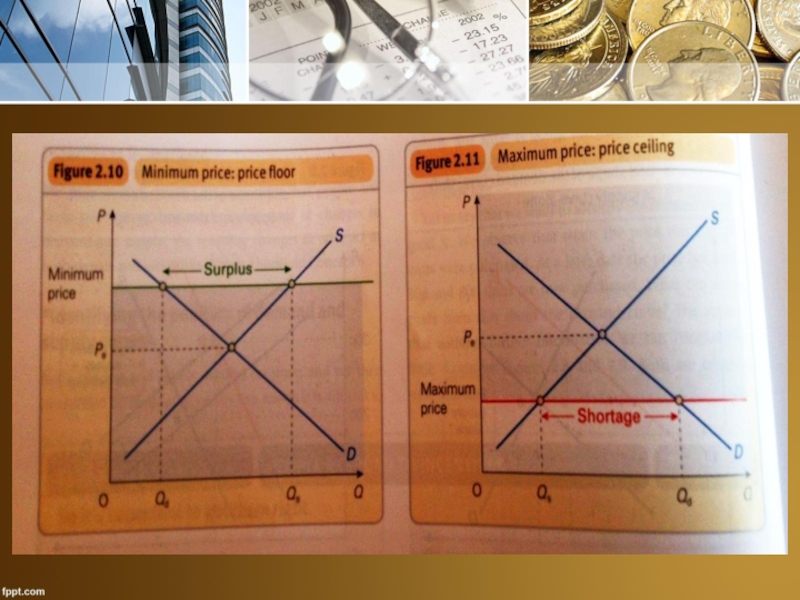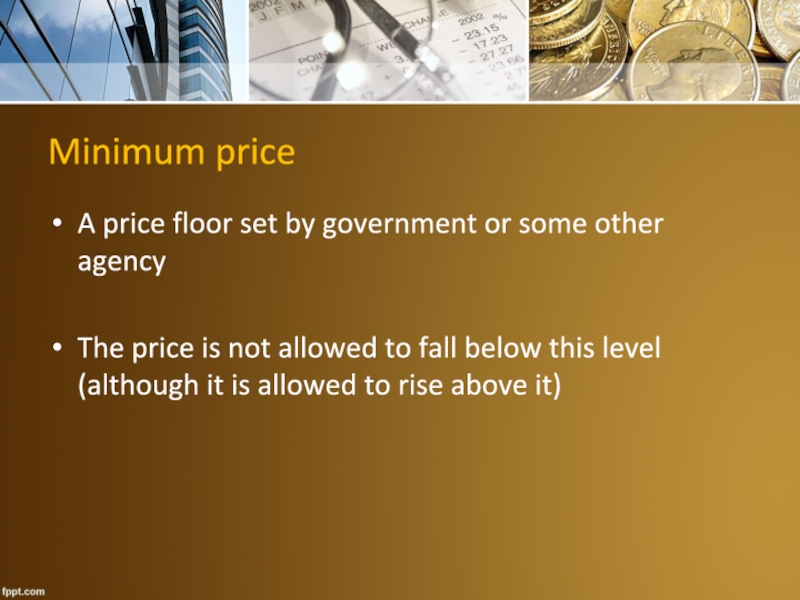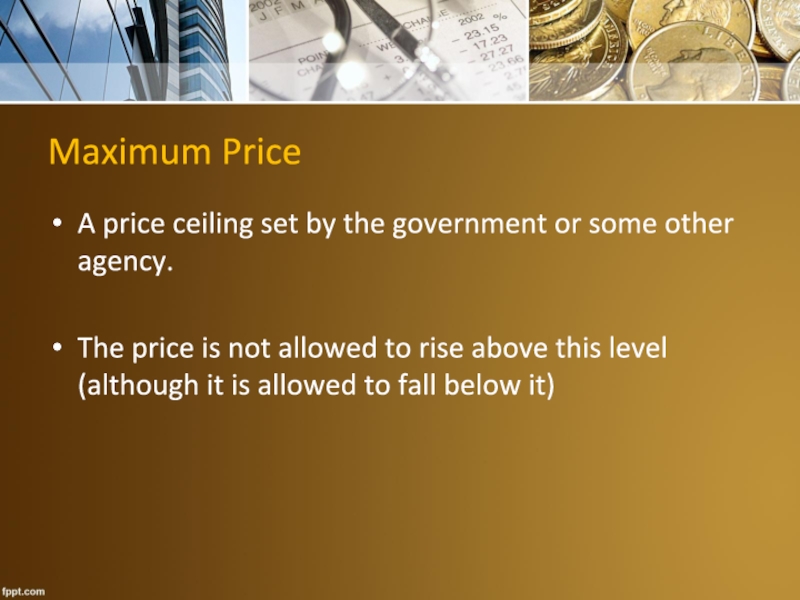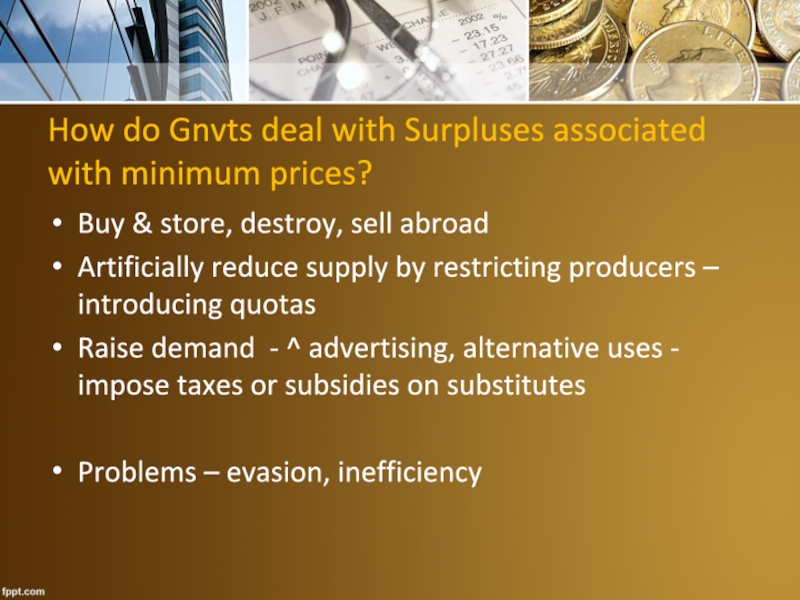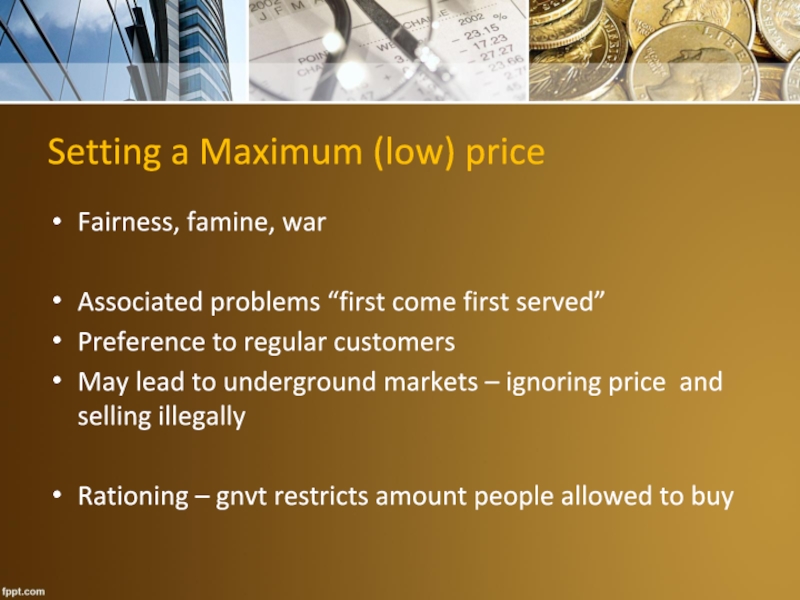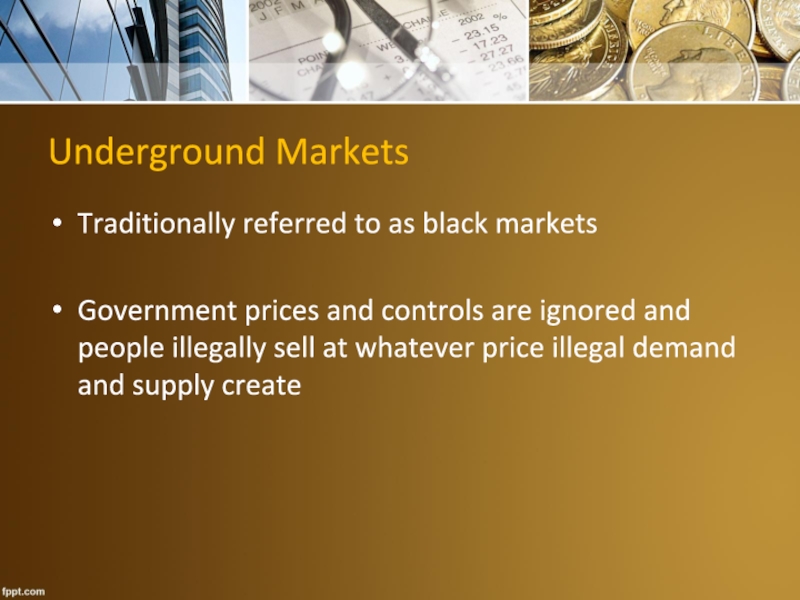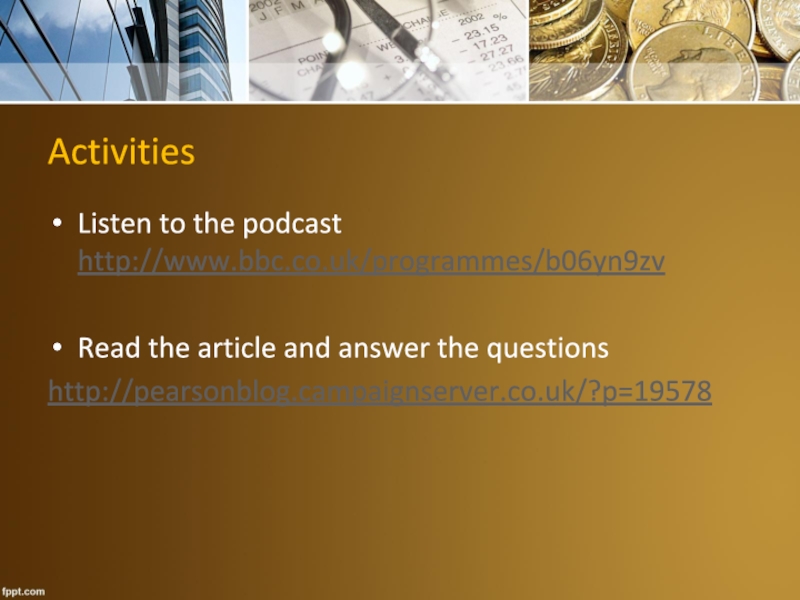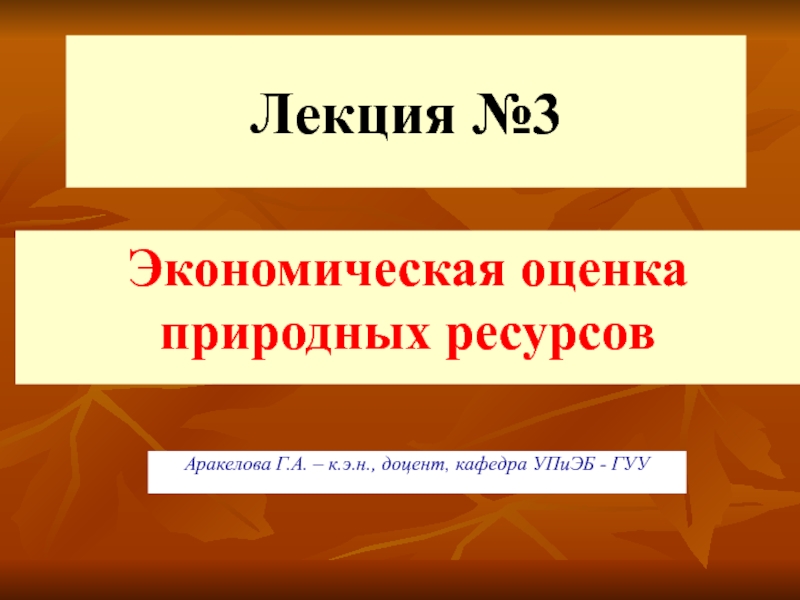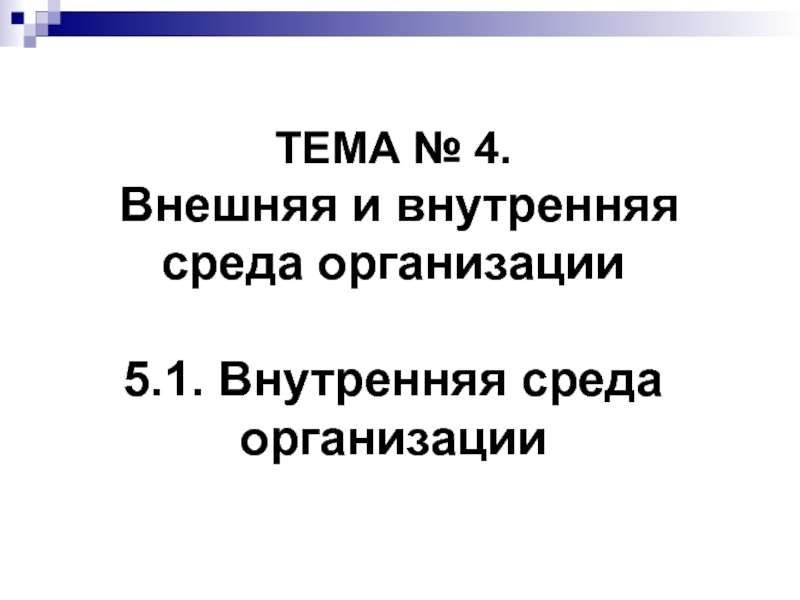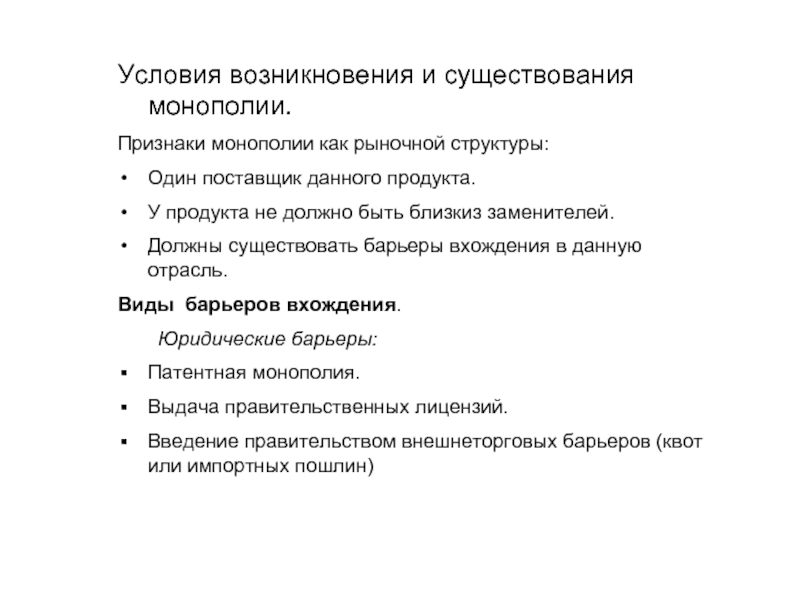- Главная
- Разное
- Дизайн
- Бизнес и предпринимательство
- Аналитика
- Образование
- Развлечения
- Красота и здоровье
- Финансы
- Государство
- Путешествия
- Спорт
- Недвижимость
- Армия
- Графика
- Культурология
- Еда и кулинария
- Лингвистика
- Английский язык
- Астрономия
- Алгебра
- Биология
- География
- Детские презентации
- Информатика
- История
- Литература
- Маркетинг
- Математика
- Медицина
- Менеджмент
- Музыка
- МХК
- Немецкий язык
- ОБЖ
- Обществознание
- Окружающий мир
- Педагогика
- Русский язык
- Технология
- Физика
- Философия
- Химия
- Шаблоны, картинки для презентаций
- Экология
- Экономика
- Юриспруденция
Introduction to economics. Demand & supply презентация
Содержание
- 1. Introduction to economics. Demand & supply
- 2. The Control of Prices At the equilibrium
- 4. Minimum price A price floor set by
- 5. Maximum Price A price ceiling set by
- 6. Setting a minimum (high) price To protect
- 7. How do Gnvts deal with Surpluses associated
- 8. Setting a Maximum (low) price Fairness, famine,
- 9. Underground Markets Traditionally referred to as black
- 10. Activities Listen to the podcast http://www.bbc.co.uk/programmes/b06yn9zv
Слайд 2The Control of Prices
At the equilibrium price there will be no
shortage or surplus.
May not be the most desired price - Government intervention
Government sets a minimum price above the equilibrium there will be a surplus
Government sets a maximum price below the equilibrium there will be a shortage
May not be the most desired price - Government intervention
Government sets a minimum price above the equilibrium there will be a surplus
Government sets a maximum price below the equilibrium there will be a shortage
Слайд 4Minimum price
A price floor set by government or some other agency
The
price is not allowed to fall below this level (although it is allowed to rise above it)
Слайд 5Maximum Price
A price ceiling set by the government or some other
agency.
The price is not allowed to rise above this level (although it is allowed to fall below it)
The price is not allowed to rise above this level (although it is allowed to fall below it)
Слайд 6Setting a minimum (high) price
To protect producers incomes (industries subject to
fluctuations)
To create a surplus ( to be stored for future shortages)
In the case of wages to prevent workers wages falling below a certain level (gnvt policy on poverty and inequality)
To create a surplus ( to be stored for future shortages)
In the case of wages to prevent workers wages falling below a certain level (gnvt policy on poverty and inequality)
Слайд 7How do Gnvts deal with Surpluses associated with minimum prices?
Buy &
store, destroy, sell abroad
Artificially reduce supply by restricting producers – introducing quotas
Raise demand - ^ advertising, alternative uses - impose taxes or subsidies on substitutes
Problems – evasion, inefficiency
Artificially reduce supply by restricting producers – introducing quotas
Raise demand - ^ advertising, alternative uses - impose taxes or subsidies on substitutes
Problems – evasion, inefficiency
Слайд 8Setting a Maximum (low) price
Fairness, famine, war
Associated problems “first come first
served”
Preference to regular customers
May lead to underground markets – ignoring price and selling illegally
Rationing – gnvt restricts amount people allowed to buy
Preference to regular customers
May lead to underground markets – ignoring price and selling illegally
Rationing – gnvt restricts amount people allowed to buy
Слайд 9Underground Markets
Traditionally referred to as black markets
Government prices and controls are
ignored and people illegally sell at whatever price illegal demand and supply create
Слайд 10Activities
Listen to the podcast http://www.bbc.co.uk/programmes/b06yn9zv
Read the article and answer the
questions
http://pearsonblog.campaignserver.co.uk/?p=19578
http://pearsonblog.campaignserver.co.uk/?p=19578
